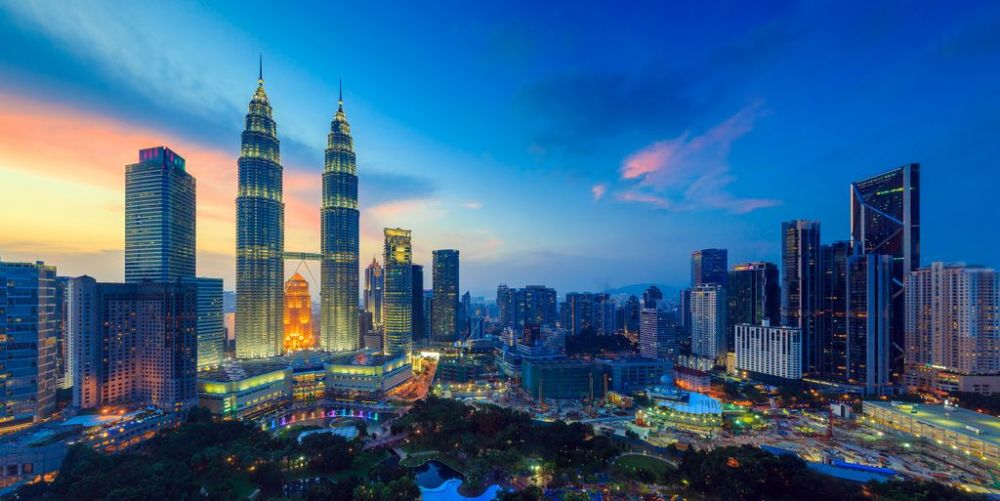

Tucked away in the heart of Kuala Lumpur, Bukit Bintang has long been a centrepiece of Malaysia's thriving tourism industry. As a buzzing shopping and entertainment district, it has drawn both local and international visitors for decades, evolving into a symbol of urban modernity and cultural fusion.
The roots of Bukit Bintang's development into a major tourist destination can be traced back to the colonial era. It was during the late 19th to the early 20th century that the area began to take shape. Initially, Bukit Bintang was primarily residential with a mix of shophouses. The transformation of this neighborhood into a commercial hub only accelerated after the end of World War II, as Malaysia moved towards independence.
With the rise of Malaysia's economy in the 1970s and 1980s, Bukit Bintang gained prominence through the establishment of numerous high-end shopping malls, hotels, and restaurants. These developments were pivotal in bolstering the area's reputation as a haven for entertainment and retail.
In the late 20th century, the Malaysian government recognized the potential of the tourism sector and began to actively promote it. Bukit Bintang, with its endless array of lifestyle offerings, became a central feature in these promotion campaigns. Big events and festivals also played a role in attracting tourists; for instance, the annual Kuala Lumpur International Film Festival has featured Bukit Bintang as a key location.
Another significant development in the area's tourism appeal was the opening of the monorail system in 2003, which linked Bukit Bintang to other prominent areas in Kuala Lumpur. This not only made transportation easier but also integrated the district further into the wider narrative of Kuala Lumpur's tourist circuit.
More recently, the tourism strategy has shifted slightly, with an emphasis on creating a more diverse and experiential travel experience. Examples include the growth in popularity of street food tours, which showcase Bukit Bintang's culinary delights and the vibrant food scene at Jalan Alor, or the aesthetic appreciation of street art decorating the alleyways and back lanes.
Moreover, the trend of "staycations" has seen a rise, especially among the domestic crowd. Luxury hotels in Bukit Bintang offer packages that cater to locals seeking a weekend escape within the city. During the COVID-19 pandemic, this trend became particularly prominent as international travel restrictions necessitated a focus on domestic tourism.
With sustainability becoming a crucial consideration in the travel industry, Bukit Bintang has also begun to embrace eco-friendly practices. Initiatives such as greener hotel operations and supporting local businesses are part of a larger effort to ensure that tourism does not come at the expense of the environment or the local community's well-being.
Looking to the future, Bukit Bintang is poised to maintain its status as a dynamic urban melting pot enticing tourists from around the globe. Upcoming projects, like the Bukit Bintang City Centre (BBCC), promise to inject even more energy into the region with plans for a new retail mall, entertainment complexes, and cultural spaces. In a world where trends are ever-changing, the ability of Bukit Bintang to adapt and innovate remains the cornerstone of its lasting appeal in Malaysia's tourism landscape.